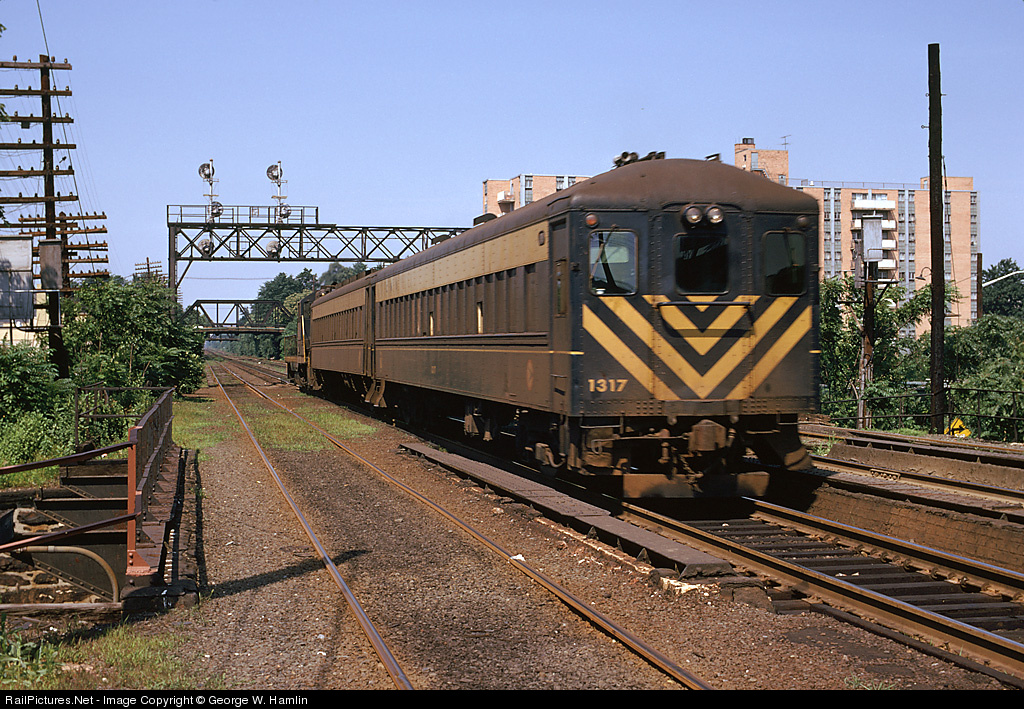Chicago & North Western is generally credited aa operating the very first U.S. push/pull commuter run. However, no one seems to know the exact date. Deternined to find it, I began by looking in the archives of a CNW on-line fan site message board. I found it had been discussed several years earlier. One gentleman recalled it was mid-January 1960, possibly Monday the 18th. (I erred earlier when I wrote the 16th.) Another poster – a CNW commuter at the time the trains began running - remembered that the first push/pull service was begun on two daily rush hour trains, not just one. I think he wrote they were on the Northwest line, but I neglected to copy the message. But he was not sure about when.
Next I asked former C&NW civil engineer Gene Lewis (a fellow member of the R&LHS and author of “
12,000 Days on the North Western Line,” the story of his thirty-three years at C&NW). Mr. Lewis also thought it was mid-January, that the cab cars began arriving on the property in December 1959. Mr. Lewis added that January 18th seemed to ring a bell.
Still determined to find the exact date, I next looked at a searchable on-line
Chicago Tribune news archive. I found a mention in a story by
Trib columnist Joseph Ator, himself a CNW commuter. In a column about CNW suburban passenger improvements in the
Trib of 1-16-60, Mr. Ator wrote that "[CNW] started in November [1959] to replace its worn out suburban cars with new double decked 'push-pull' diesel powered trains..." November would be a couple months earlier than anyone else had it, still..... Mr. Ator was writing this
at the time, not years later. Only, did he mean the push/pull trains started operating in Nov 1959? Or just that the new gallery coaches began to be put in service that month? And what was the significance (if any) of the story appearing on January 16th 1960 two days
BEFORE the CNW fan thought (and Mr. Lewis suspected) push/pull service actually started???
The next database hit I got in the
Chicago Tribune was a story from May 1960. The reporter mentioned "the new trains which began running in January." So it's almost unanimous for January 1960 as the month the first diesel-powered suburban train ran to Chicago in reverse. But...what....DAY?
I'm gonna keep looking because, as they used to say on “
X-Files,” The truth is out there.”

(Love to see your commemorative poster if and when!)
[edited for clarity]
